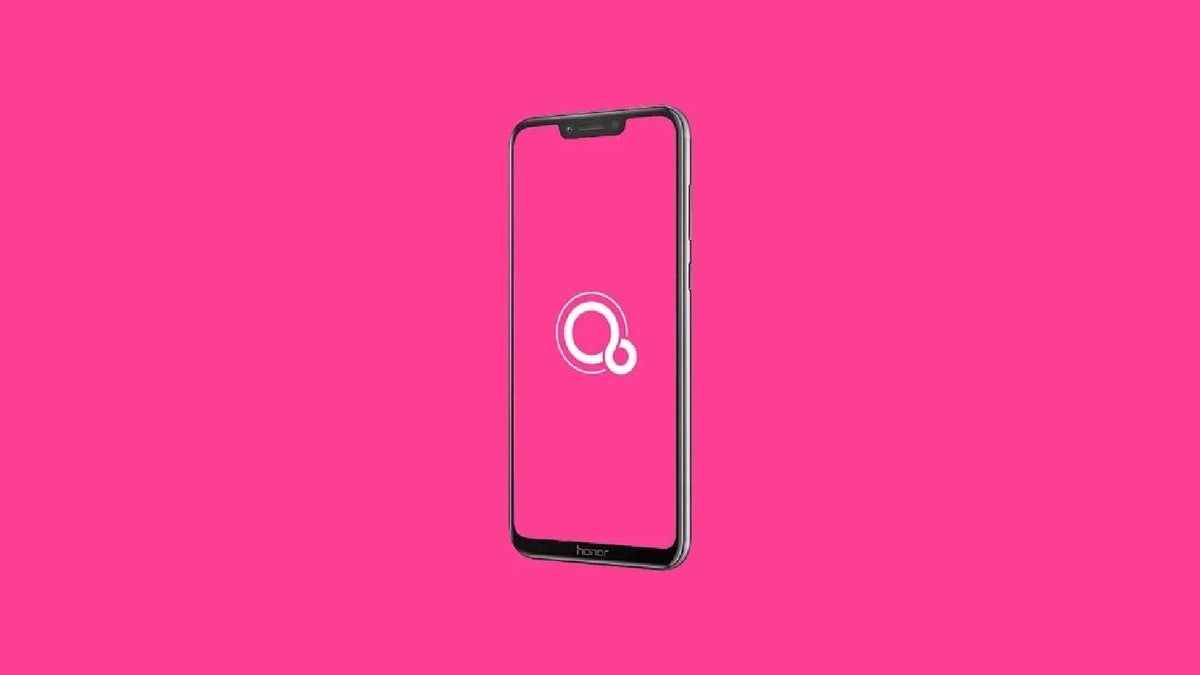It was in 2016 that we heard that Google was working on an operating system called Fuchsia but it first came to a commercial device, the first-generation Nest Hub, only in 2021. It had been speculated that Fuchsia was going to be a universal operating system that would run on all smart devices including phones and watches, but so far, that hasn’t happened. And while Fuchsia may not replace Android anytime soon, it may run as a virtual machine on Android devices, suggests a new report.Fuchsia is an open-source operating system but unlike Android and ChromseOS, it’s not based on a modified version of the Linux kernel. Instead, it has been built from scratch based on a new micro-kernel called Zircon. As opposed to a conventional operating system kernel, a microkernel allows for better efficiency and flexibility. The architecture of Zircon also allows Fuchsia to cut down on the amount of trusted code running in the system, thereby improving security and stability.Google has reportedly been working on a new project called “microfuchsia” that should allow Fuchsia to run on existing devices through virtualization. Virtualization creates a virtual version of a device that runs in a separate computing environment, mostly to run another operating system. The virtual machine is separated from the rest of the system, so the programs running on the primary operating system and inside the VM can’t interfere with each other.
According to the Fuchsia Gerrit, microfuchsia will run on virtualization programs such as QEMU and pKVM. pKVM was developed by Google with a layered security approach to securely run workloads in an isolated environment. The company even developed a heavily trimmed-down version of Android called “microdroid” to execute those workloads.
It’s possible that microfuchsia will work in a similar manner to microdroid. In simple words, it might be used to run tasks that need to be carried out securely.
Why Google wants to create microfuchsia when microdroid serves the same purpose is not known, but it might be because Fuchsia is considered more secure and performant.
